The Resolution concerning statistics of work, employment and labour underutilization adopted by the 19th International Conference of Labour Statisticians (ICLS) in 2013 laid the foundation for improved statistical labour standards, by introducing the first international statistical definition of work and a forms-of-work framework distinguishing five forms of work (based on the intended destination of the work and the nature of the transaction): own-use production work, employment, unpaid trainee work, volunteer work, and other work activities. Enabling and promoting the separate measurement of these various forms of work, the 19th ICLS resolution restricts the definition of employment to work done for pay or profit (thus excluding various types of unpaid work that were previously considered employment). The 19th ICLS resolution also refines and expands the measurement of labour underutilization and fosters the analysis of labour market attachment.
The standards adopted by subsequent ICLS have built on this core resolution to revise and update the classification of status in employment (20th ICLS in 2018) and to improve and refine the measurement of the informal economy (21st ICLS in 2023).
The implementation of these latest standards greatly increases the analytical relevance of work statistics, enabling a much more detailed and comprehensive view of the world of work. However, the impact of this implementation, especially on some key long-standing labour market indicators, is not always easily understood.
Our interactive visualization tool intends to ease the understanding of the impact of latest statistical standards across a range of work-related topics. It shows the increased analytical value of statistics based on latest standards and visualizes the differences in some key indicators according to old and new standards for a range of countries with different labour market conditions and local contexts. The tool uses data from the Work Statistics – 19th ICLS (WORK) database and the ILO Harmonized Microdata Repository.
This didactic tool was designed for educational purposes, to cast light on the impact of the new standards. It is not meant as a data source. For data access, visit the comprehensive and frequently updated databases from the Data page.
Latest ICLS-related documents
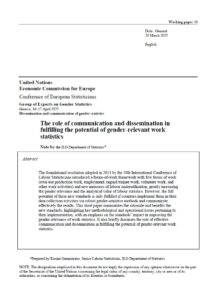
The role of communication and dissemination in fulfilling the potential of gender-relevant work statistics
The foundational resolution adopted in 2013 by the 19th International Conference of Labour Statisticians introduced a forms-of-work framework with five forms of work (own-use production work, employment, unpaid trainee work, volunteer work, and other work activities) and new measures of labour underutilization, greatly increasing the gender relevance and the analytical
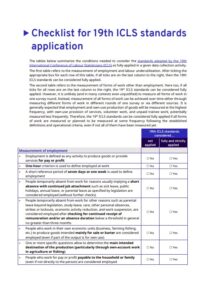
Checklist for 19th ICLS standards application
This checklist provides a simple way of verifying that all conditions required to consider the standards adopted by the 19th International Conference of Labour Statisticians (ICLS) as fully applied in a given data collection activity are met.
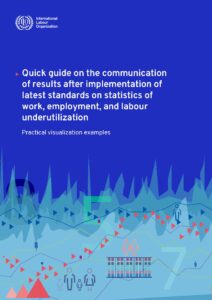
Quick guide on the communication of results after implementation of latest standards on statistics of work, employment, and labour underutilization
A crucial aspect of the implementation of latest labour statistics standards is the effective communication of the results, to ensure getting the best out of the data. This guide aims to provide practical data visualization examples to convey clearly and intuitively the impact of methodological changes on key labour indicators
Related pages
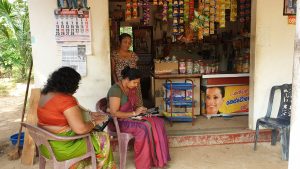
LFS research and development
Learn more about the ILO’s programme of methodological research to identify and promote good practices in the collection and reporting of labour statistics.

Work Statistics – 19th ICLS (WORK database)
Concise description of concepts and definitions, uses, sources and limitations for (paid and unpaid) work statistics based on the 19th ICLS standards.
International Conference of Labour Statisticians (ICLS)
The ICLS meets every 5 years to establish international standards on labour statistics. The latest (21st) ICLS was held in October 2023.

ICLS documents
Find resolutions, guidelines, meeting room documents and reports related to the International Conference of Labour Statisticians (ICLS).
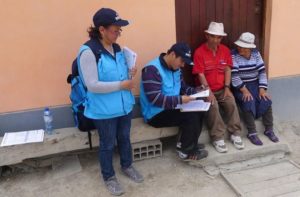
Labour force survey (LFS) questionnaire toolkit
Online resources for data producers to build or improve their labour force survey, such as PAPI and CAPI model questionnaires.
